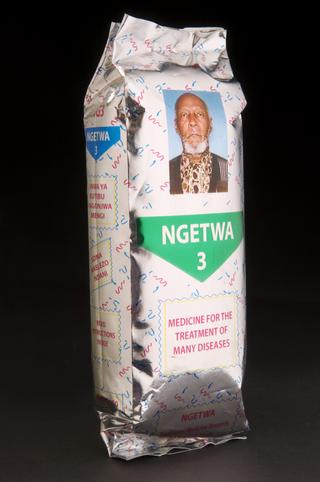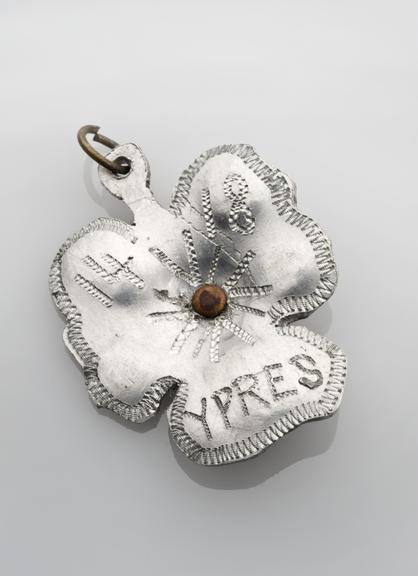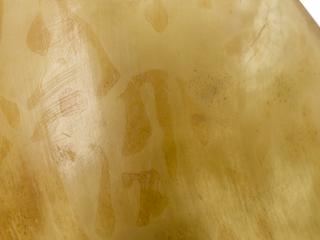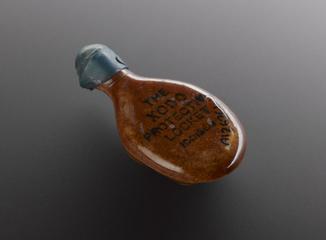
Shamrock amulet
- Made:
- 1914-1918 in United Kingdom

Metal amulet, made from tin and copper(?) in the form of a shamrock and marked with the word 'Ypres' and the numbers '14' and '18', probably created in the final year of the First World War, 1914-1918, or shortly afterwards, from the Lovett collection.
The carrying of ‘lucky charms’ – as protective amulets against ill health and physical danger – has a long history in many cultures around the world. Shamrocks, especially five-leaved shamrocks, are considered particularly lucky. This tin and copper shamrock has the word “Ypres” engraved on the surface. Ypres is a city in Belgium and focus of some of the most intense fighting throughout the First World War. The shamrock is believed to have been worn as a lucky charm by a British soldier fighting in the trenches late in the war, or created shortly after the conflict had ended.
The amulet was bought for the Wellcome collection in 1930 from Edward Lovett’s (1852-1933) collection of British amulets and charms. Lovett was a collector who documented different medical traditions and beliefs.
Details
- Category:
- Ethnography and Folk Medicine
- Collection:
- Sir Henry Wellcome's Museum Collection
- Object Number:
- A665550
- Materials:
- tin and copper, ? material
- Measurements:
-
overall: 32 mm x 26 mm x 4 mm,
- type:
- amulet
- credit:
- Lovett collection




